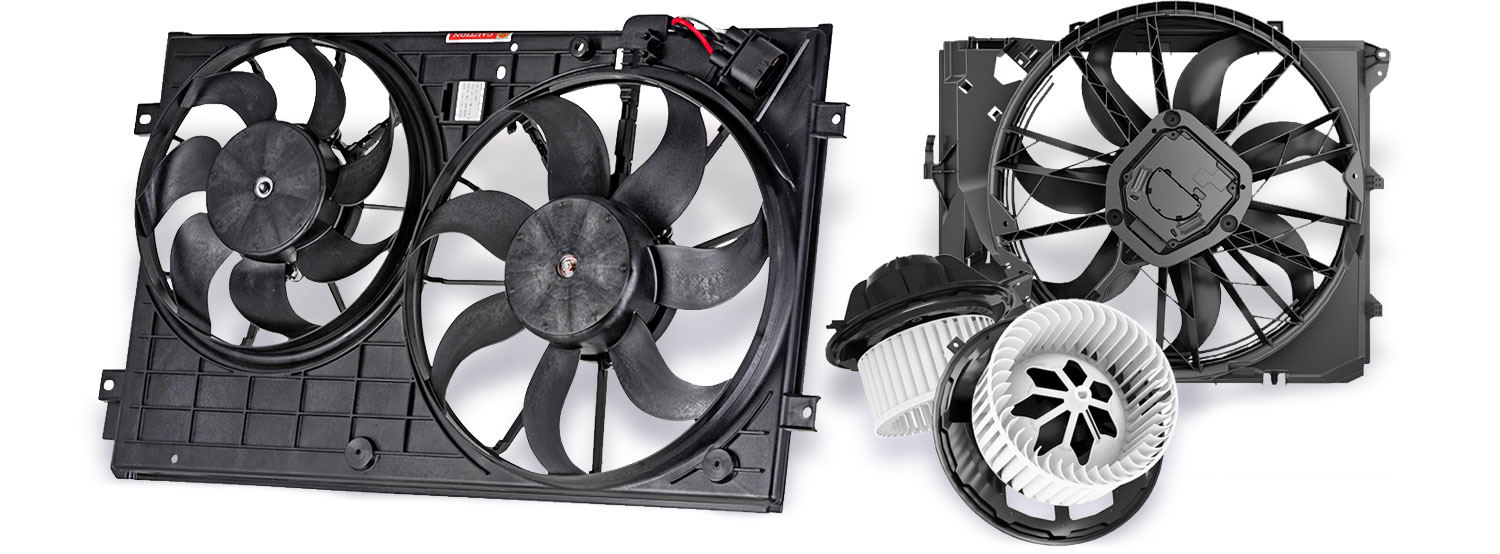|
Through July, 2024, Nissens is offering RockAuto customers an exclusive 10% instant rebate 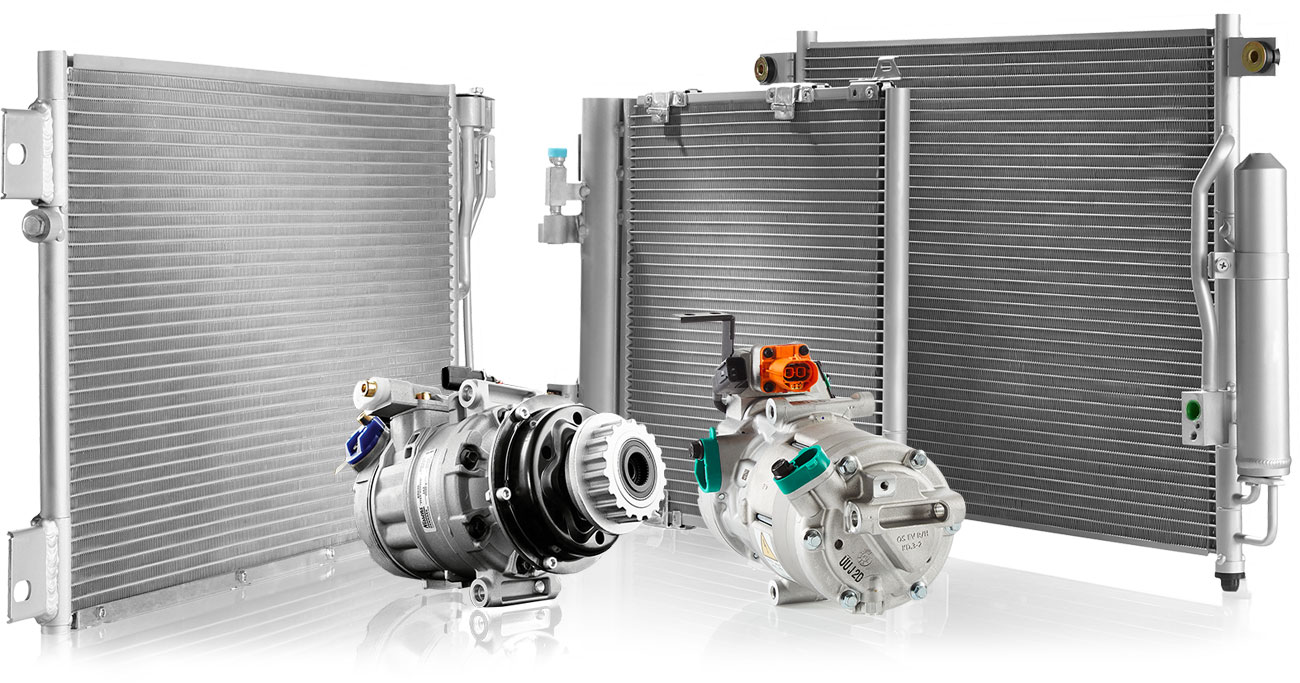 All of Nissens A/C parts are thoroughly tested to meet OE design, durability and performance standards. Find Nissens A/C Compressors, Condensers and more in the "Heat & Air Conditioning" category of the RockAuto.com catalog. | |
|
TYC is offering RockAuto customers an exclusive 10% instant rebate Simply add qualifying TYC Blower Motors or Fan Assemblies to your cart and instantly save. Find these TYC parts and more in the "Cooling System" and "Heat & Air Conditioning" categories of the RockAuto.com catalog. | |

| |
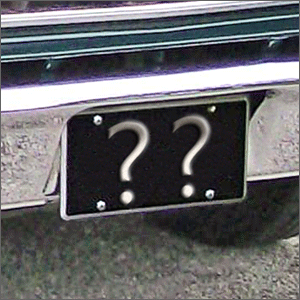 | |
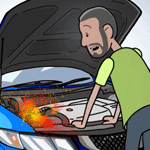 The fuel gauge in my 1963˝ Ford Galaxie quit working due to a bad ground on a rusty body, but it was an easy fix. I simply attached a ground wire with sheet metal screws, from the metal lip on the edge of the gas tank to anywhere there was clean metal on the underside of the body. Problem solved. The following winter, after a snowstorm, I had a flat tire. I proceeded to change the tire, and as I tried to remove the spare from the trunk, I found that it wouldn’t budge. Assuming that it was frozen to the trunk floor, I used a crowbar to pry it loose. When it finally broke free, I heard a loud hissing and discovered that I had driven one of those sheet metal screws up through the trunk floor and into the sidewall of the spare tire. Obvious lesson learned. Larry in Michigan |
|
 Adding an accessory that draws a lot of electrical current (audio amplifier, DC/AC converter, engine cooling fan, snow plow, winch...) may stress the alternator and/or the battery. The alternator runs more frequently at its maximum current output (amperage) which means more heat and wear. The battery may face deeper discharges. The new accessory may also run hotter and wear out sooner if it does not receive adequate voltage and current from the alternator/battery. The voltage gauge (on the dash or a voltmeter/multimeter) can warn if the vehicle's charging system is frequently being overwhelmed by a new accessory. The voltmeter should typically read around 14 volts when the engine is running and the alternator is generating the current necessary to keep the battery 100% charged up. If the normal voltmeter reading drops when the accessory is turned on, then that may indicate the battery is continuously drawing the alternator's maximum amperage. If the voltmeter reading drops closer to 12 volts or drops to even less than 12 volts, then that may show the new accessory is using up all the current the alternator can generate and is discharging the battery as well. As an alternator spins faster from a dead stop, its maximum available current output increases. The ratio of alternator pulley diameter to harmonic balancer (crankshaft pulley) diameter determines how many times faster the alternator revolutions per minute (rpm) will be than the engine rpm. (See RockAuto's part "Info" pages for specifications such as pulley diameters.) For passenger vehicles, a 3 to 1 pulley ratio is common which means an engine idling at 1,000 rpm will spin the alternator at 3,000 rpm. The industry created a standard (ISO 8854 and SAE J 56) decades ago that says an alternator's rated output is equal to the maximum amperage it can generate when the alternator is spinning at 6,000 rpm. Old original equipment (OE) alternator designs officially rated at 65, 100 or 120 amps may all only be able to generate a maximum of 20 amps when the engine is slowly idling, but get that alternator spinning at 6,000 rpm, and those alternators will be able to provide their maximum rated outputs. 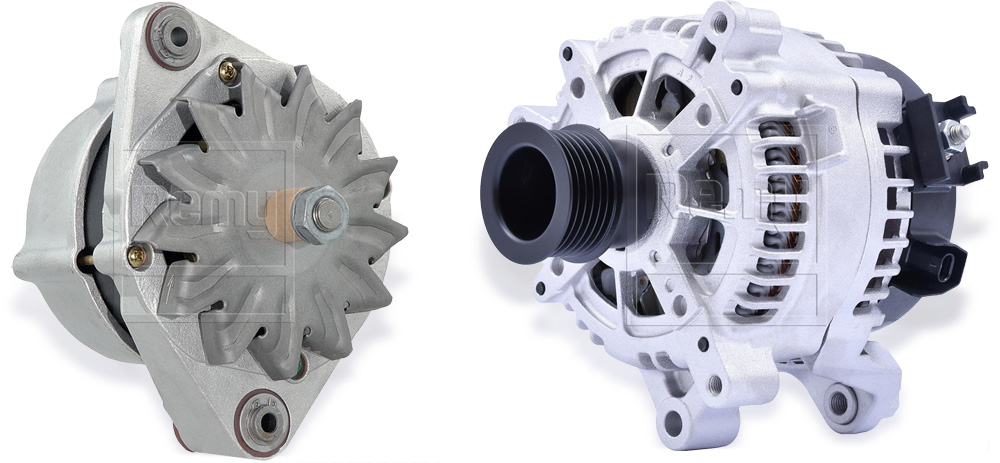 1983 65 amp & 2023 250 amp BMW 3-Series Alternators Modern alternator designs have reduced the relevance of that 6,000 rpm rated output standard. Maximum current output is now often available at much lower alternator rpm. Newer vehicles have a lot of OE electrical accessories that need a lot of current at idle. Modern OE alternators often need to be able to generate their maximum current output when they are spinning at less than 3,000 rpm. An engine computer will also likely be able to increase the idle speed if it senses current draw is high and the alternator needs to spin faster. With a 3 to 1 pulley ratio, an engine idling at 1,000 rpm will spin the alternator at the 3,000 rpm needed to be able to generate maximum current output. Installing a fresh and modern (still OE-type) alternator on an older vehicle may get that voltmeter reading back up to where it should be around 14 volts, even at idle. Here are some more suggestions:
The final suggestion is to have realistic expectations so you are not mislead by epic online winch-pull videos or even by the local audiophile who shares his amplified music with everybody at the intersection and the surrounding neighborhood. Those folks may have highly modified (and expensive) electrical systems that include such things as exotic high-output liquid-cooled alternators and multiple batteries. Or, they may just be buying new OE-spec alternators by the dozen... Tom Taylor, To read more of Tom's articles, click this link and choose from story titles on the Newsletter Archives page. |
|
 |
|
This is my 1975 FJ40 in Mustard Yellow. I spent about six months getting it road-worthy before living out of the truck for several months while tackling trails all over the Western United States. The parts purchased from RockAuto are pretty much all of the available Aisin gaskets and seals, Aisin/Advics clutch and brake hydraulics, and various carburetor bits. I really appreciate the variety of OE parts available! Nathan in Wyoming |
 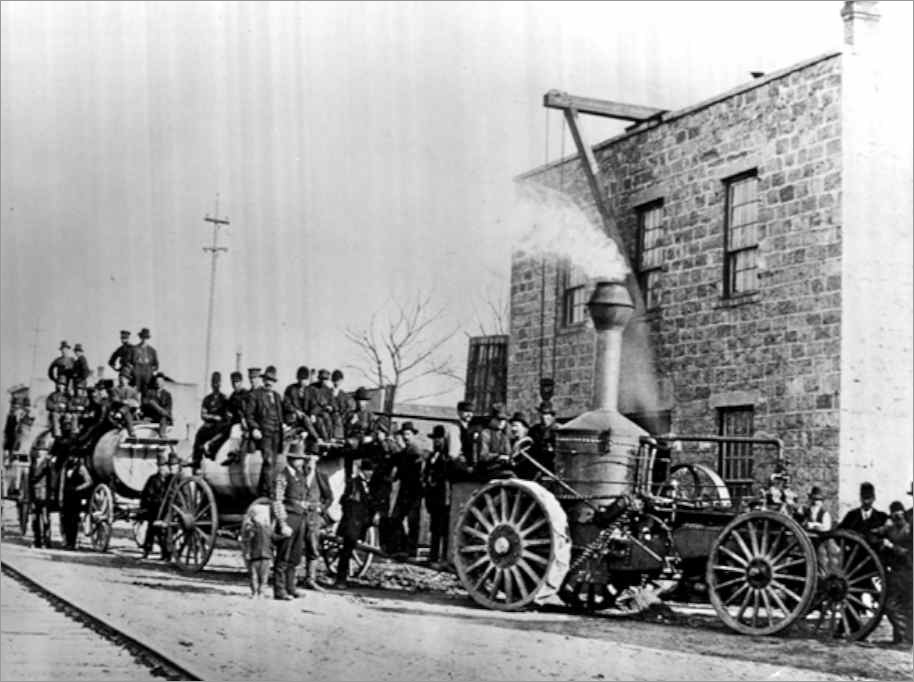 Press photo of the Oshkosh, one of the buggies in the race B. Three De La Vergne motorized coaches raced (eight laps) at Churchill Downs in Louisville Kentucky in 1883. C. Ten cars, including a Mercedes Simplex and an Austro-Daimler Prince Henry, raced between Chicago Illinois and Gary Indiana in 1897. | |
Share Your Hard Work & Stories | |
|
Your Hard Work Do you purchase parts from RockAuto? If so, RockAuto would like to give you the opportunity to have your car or truck possibly featured in one (or occasionally more) of our publications such as the monthly newsletter, collector magnets or other commercial use. New, old, import, domestic, daily driver, trailer queen, classic, antique, we want to see them all! For submission instructions and tips for taking pictures of your car, please visit our Photography Tips & Submission Info page. Your Most Infamous Auto Repair Blunder Use your woe to help others avoid similar mistakes. Please email your story to marketing@rockauto.com. Include your mailing address and if you would like a RockAuto Hat if we publish your story. See the Hats under Tools & Universal Parts in the RockAuto catalog. The story will be credited using only your first name and your vague geographic location (state, province, country, continent, etc.) so you can remain semi-anonymous! | |





